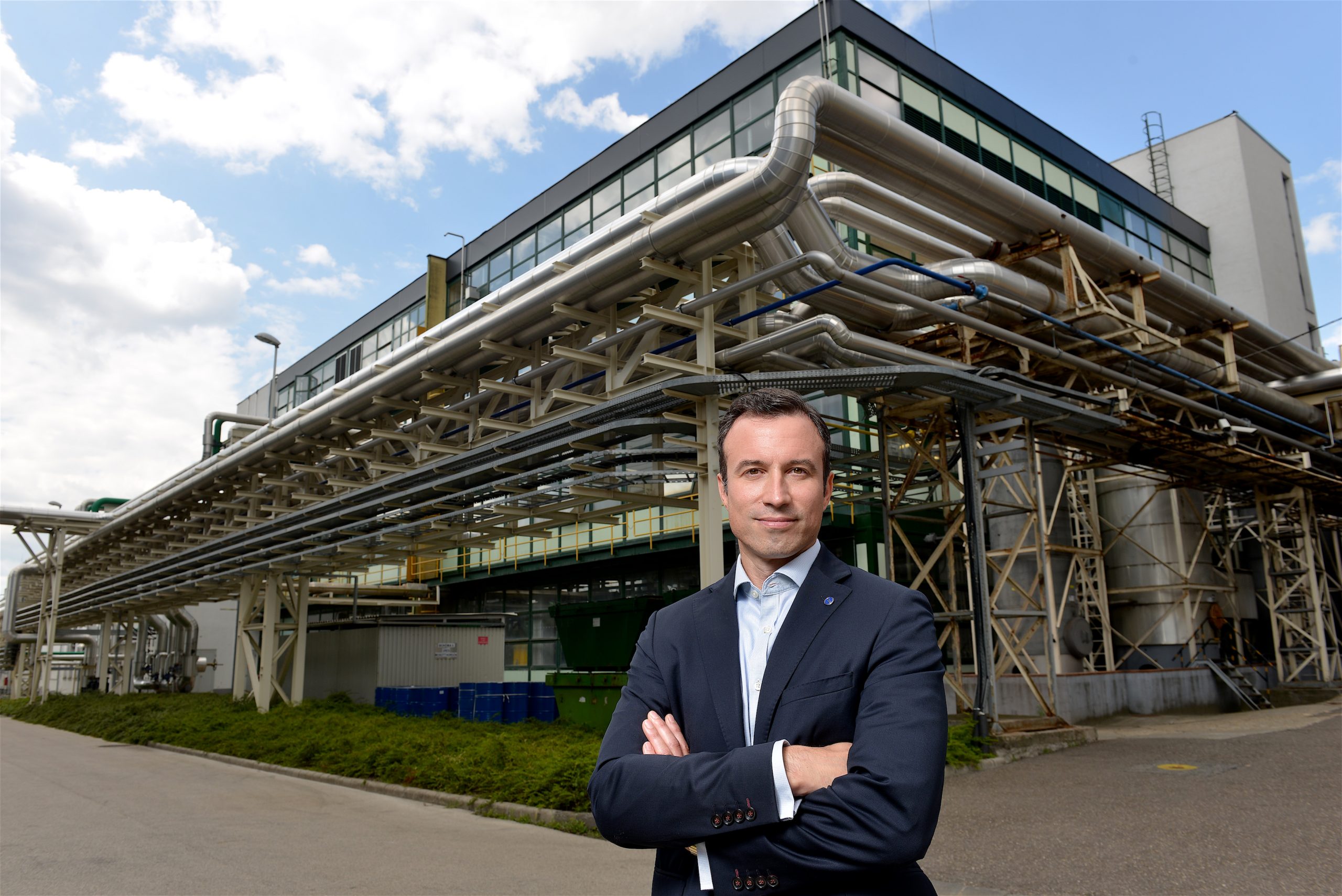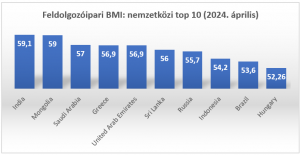
The company produced some 305 million boxes of medicines last year.Continue reading


Easy Branches allows you to share your guest post within our network in any countries of the world to reach Global customers start sharing your stories today!
Easy Branches
34/17 Moo 3 Chao fah west Road, Phuket, Thailand, PhuketCall: 076 367 766
info@easybranches.comHungary’s connectivity strategy appears to be yielding positive results, as highlighted by Philip Pilkington, an economist and external fellow at the Hungarian Institute of International Affairs, in his latest analysis. Aligning with the concer

Hungary’s connectivity strategy appears to be yielding positive results, as highlighted by Philip Pilkington, an economist and external fellow at the Hungarian Institute of International Affairs, in his latest analysis.
Aligning with the concerns of the government about the global trend towards the world dividing into blocs, Mr. Pilkington praised Hungary’s direction, emphasizing its adeptness at leveraging geopolitical opportunities, reports Magyar Nemzet.
“While the world moves towards dividing into blocs and the global economy trends towards division, Hungary adopts a connectivity-based approach. By prioritizing collaboration with nations worldwide, Hungary advocates against closure and protectionism shaping the future global economy,” he noted, echoing sentiments from his analysis. He further emphasized that
the connectivity strategy positions Hungary to capitalize on geopolitical opportunities, fostering economic growth and closing the gap with advanced nations.”
Pointing to statistical data, Philip Pilkington noted the emerging success of this strategy.
In recent years, many western countries have witnessed a decline in manufacturing capacity. However, Europe’s singular focus on the services sector and profitability has proven detrimental to its global competitiveness, while countries like China have bolstered their positions. Hungary, on the other hand, has effectively expanded its manufacturing sector in alignment with the European Union’s deindustrialization goals and its policy of strategic autonomy.

International Top10 BMIs in Processing Industry (April, 2024). Picture: kki.hu
This success is primarily attributed to attracting foreign investment, exemplified by the new EV battery factory in Debrecen (eastern Hungary). Meanwhile, certain European nations continue to grapple with shrinking industrial bases, with challenges such as the energy crisis hinting at further de-industrialization in the region.
To empirically evaluate Hungary’s strategy, Philip Pilkington turned to manufacturing Purchasing Managers’ Indexes (PMIs). These survey-based indices provide real-time insights into sectoral activity. BMI values range from 0 to 100, with scores above 50 indicating growth from the previous month and scores below 50 indicating contraction. Initial scrutiny focused on the top 10 countries globally based on the April 2024 BMI for manufacturing,
where Hungary secured the 10th spot alongside Greece, making it one of only two European countries on the list.
This underscored Hungary’s achievements. The latter part of the analysis delved into the 15 European countries publishing BMI indices, where Hungary secured the second position behind Greece. Notably, more than half of these European nations have witnessed contractions in their manufacturing industries, he observed. Finally, considering Hungary’s close economic ties with Germany, particularly in the automotive sector, Mr. Pilkington compared Hungarian manufacturing BMI trends with those of Germany.

Relative BMI of the Processing Indutry Between Hungary and Germany (April, 2024). Picture: kki.hu
Despite Germany’s historical prominence in manufacturing, its industry has experienced a decline since the latter half of 2022, while Hungary’s has expanded—a divergence highlighted by Mr. Pilkington as Hungary “breaking away” from German deindustrialization.
The manufacturing BMI data reflect Hungary’s deviation from the broader European trend of deindustrialization. Instead, Hungary’s connectivity strategy continues to drive expansion in its manufacturing sector.
With sustained economic growth, Hungary is progressively narrowing the gap with advanced nations—a conclusion encapsulated by Pilkington’s analysis.
Via Magyar Nemzet; Featured Image: Facebook / BMW Group
The post Hungary Closing Gap with Other Developed Countries appeared first on Hungary Today.
Guest Posts by Easy Branches